What’s the future of the office after Covid-19?

The coronavirus is expected to have a significant impact on businesses moving forward. In truth, many of the changes were already starting to seep into boardroom discussions. The pandemic will expedite changes that were on the periphery.
The coronavirus is expected to have a significant impact on businesses moving forward. In truth, many of the changes were already starting to seep into boardroom discussions. The pandemic will expedite changes that were on the periphery. There’s a number of things that can be done right now, like using sneeze screens from Simply Plastics, which will increase employee safety in the office and allow you to respect social distancing rules.
A mountain of research had shown traditional office design is damaging to employers and employees. Poor air quality, a lack of light and countless distractions in the open office plan are putting a dent in productivity.
The switch to agile working was already well underway for many companies. Many others were also contemplating introducing remote working policies to provide employees with more flexibility and work-life balance.
In a post-virus world, the philosophy of agile working is no longer possible. However, the functionality of interior office design solutions is not only a solution but a necessity.
Private Pods
One of the most common complaints employees have working in an open-plan office is noise pollution. Whilst fewer employees in the office at any one time will mean there is less noise, ringing telephones and the subsequent conversation together with printers, photocopiers, faxes and other disturbances interrupt concentrations levels.
A wide variety of office pods have been designed to solve the problem of office noise. Acoustically-enhanced pods fitted with sound-proofing systems not only absorb noise in the office but provides a silent cocoon for individuals to focus on their work distraction-free.
Telephone booths also provide workers with privacy where they can speak with clients or private calls. This prevents people from distracting their coworkers and makes people less stressed knowing their colleagues are not listening in and judging them.
Isolating all your employees in individual pods is not the answer, of course. Humans still need interaction with their coworkers. A couple of private pods per floor is sufficient.
Health and wellbeing
Traditional office designs have received a backlash from researchers for not looking after the health and wellbeing of staff.
Companies will need to address health and wellbeing practices quickly to create a coronavirus-secure work environment. The immediate solution is to install personal protective equipment such as three-way desk screens, foot-pedalled hand sanitiser dispensers and motion sensors for lights, taps and doors.
Biometric recognition software is also expected to be installed. Together with infrared ID cards, employees will not need to touch surfaces like door handles or the buttons in lifts. Coffee machines will be voice-activated or ordered from your personal mobile.
In the future, we also expect to see advanced cooling and heating systems that intermittently refresh the air. Interior office designs will also make better space of outdoor areas such as roofs and gardens wherever possible.
Hi-tech offices
Smart buildings are already stealing headlines. AI-powered offices such as Deloitte’s’ Amsterdam-based HQ and RBC WaterPark Place in Toronto, home of the Royal Bank of Canada, have set the standards for offices of the future.
Intelligent buildings completely change the way employees operate and interact with run-of-the-mill tools in a common office environment. Machine learning capabilities built into office designs will organise your work schedule, make your coffee, find you a car parking space, tell you when you need to take a break and customise the temperature at your desk.
It is inevitable that interior office design will look different in the post-coronavirus workplace. The evolution may take some time, but companies that stall risk losing their top talent to fleet-footed competitors.
The editorial unit

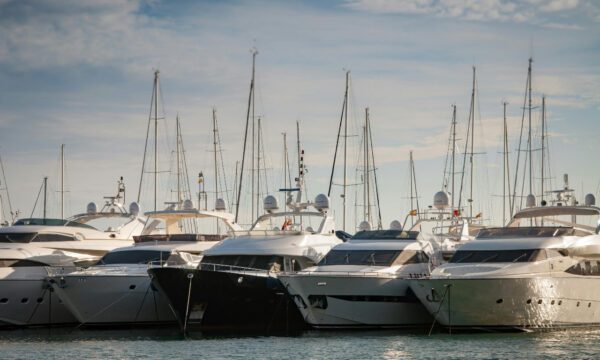
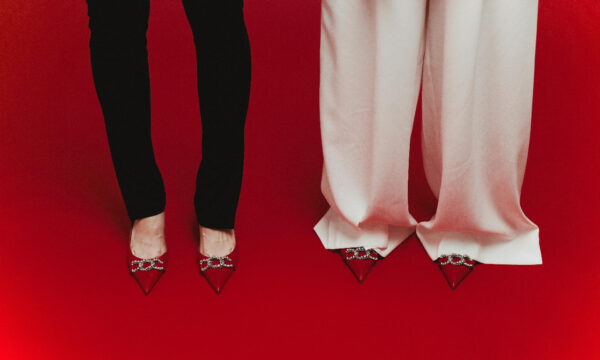
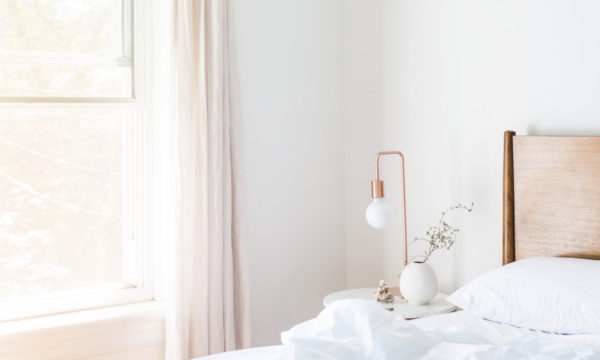


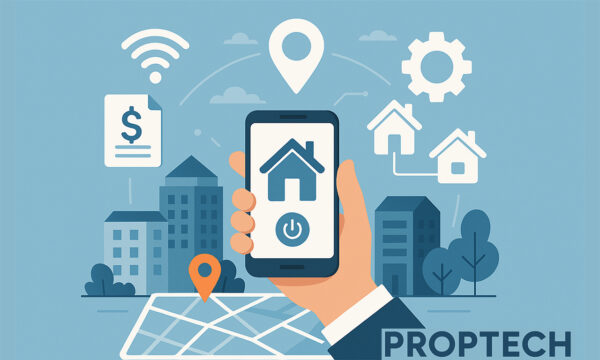


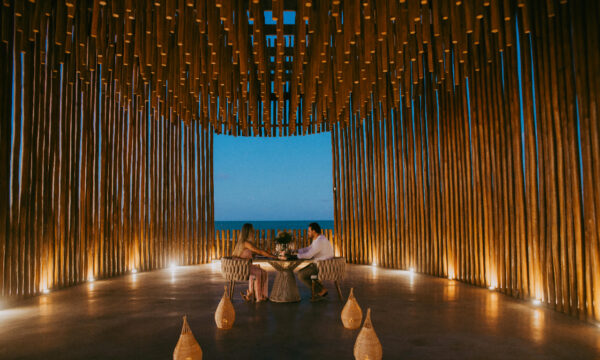










Facebook
Twitter
Instagram
YouTube
RSS